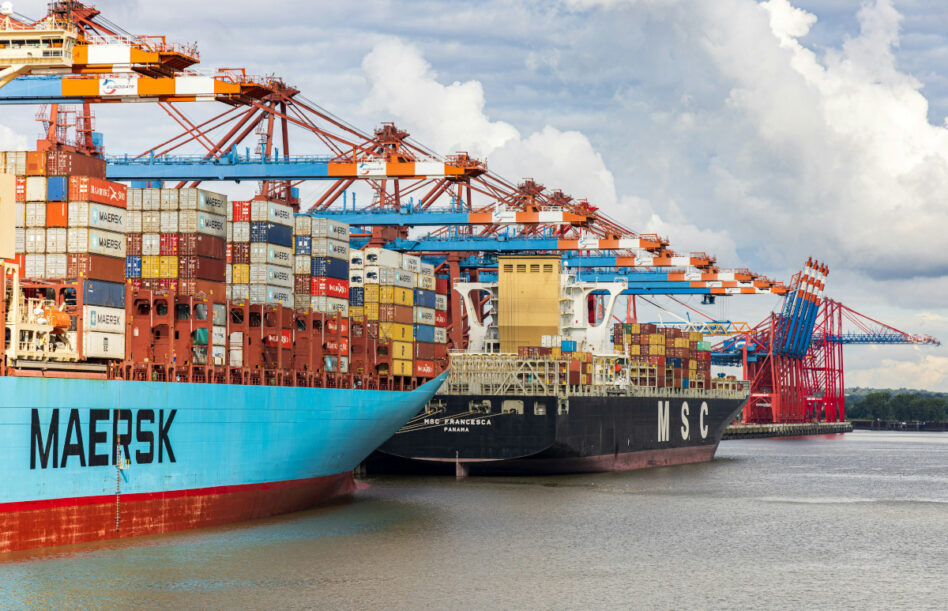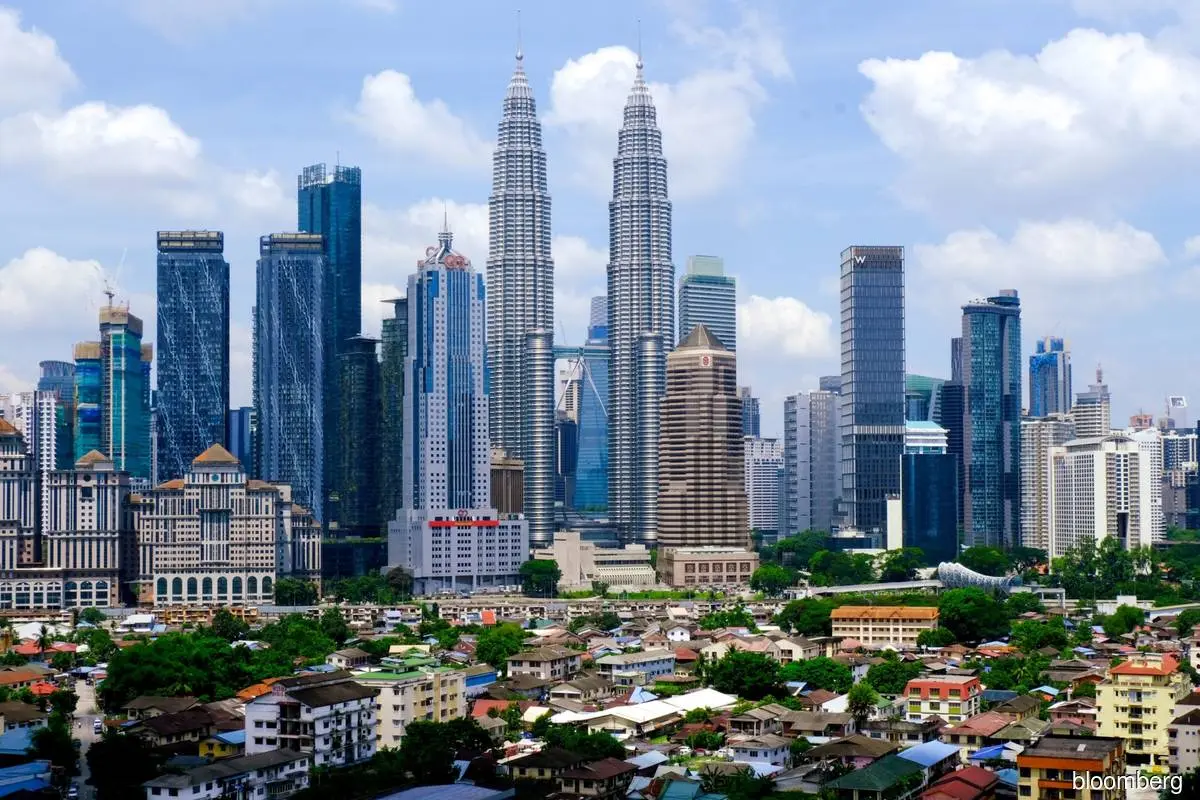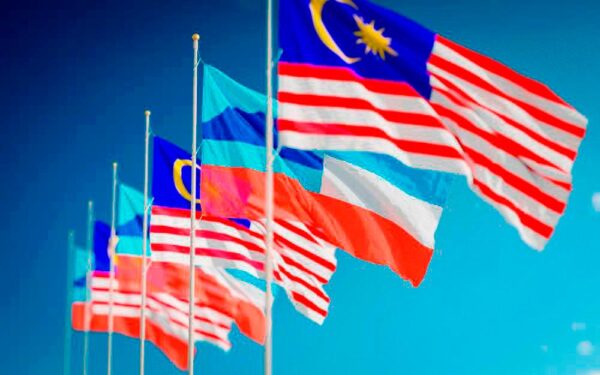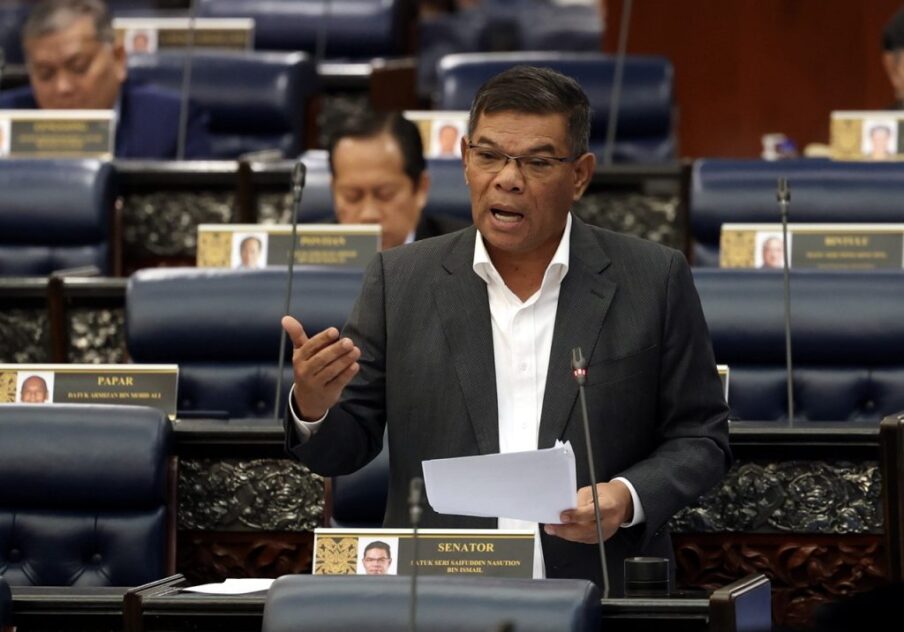GLOBAL trade has been rattled by the sudden jacking up and shifting down of tariff rates by the US. No country has been spared from the impact, with some feeling the impact more than others.
However, not all trade barriers are tariff-based as countries have a range of strategic, political, and economic motivations for regulating trade beyond simply collecting revenue.
In recent decades, non-tariff barriers (NTBs) have become increasingly popular as tools for protecting domestic economies in more subtle ways.
Our own palm biodiesel export to the European Union (EU) is one which has been subjected to such measures, under the guise of climate concerns. There are reasons why this is happening.
Tariffs are more visible and politically sensitive. They are easy to spot and often spark immediate retaliation.
When a country imposes a tariff, affected trading partners usually respond with their own tariffs, escalating tensions. Trade agreements and the World Trade Organisation (WTO) rules have gradually reduced tariffs globally, making them less available as tools for protection.
Non-tariff barriers on the other hand offer flexibility and subtlety. Countries now use a variety of non-tariff measures that can serve the same protective functions without openly violating international trade agreements.
These include import quotas limiting the quantity of certain goods entering the country. Another is licensing requirements which require special import permits.
Cases of technical barriers to trade impose standards related to safety, quality, or labelling that make it harder for foreign products to compete.
Another tactic is to deploy customs procedures and bureaucratic delays, slowing down imports through complex paperwork or inspections.
Subsidies for local industries are also non-tariffs. This involves giving domestic producers a competitive edge without directly taxing imports. Many NTBs are designed to appear legitimate and in line with WTO rules, especially those related to health, safety, or environmental standards.
This allows countries to protect local industries while avoiding direct conflict with international trade laws. Such NTBs are driven by economic nationalism.

Countries are increasingly motivated by concerns about National security (banning certain foreign tech products), supply chain resilience (especially after COVID-19), protecting infant industries that need time to develop competitiveness and climate and sustainability goals (e.g., carbon border taxes, eco-labelling).
NTBs can be tailored to support these broader policy objectives in ways that tariffs cannot. There are some real-world examples. EU’s food safety standards involving ban on hormone-treated beef act as barriers for US meat exports is one example.
The global trade landscape has evolved. As countries navigate economic uncertainty, geopolitical shifts, and sustainability concerns, NTBs are likely to continue growing in importance.
NTBs to trade are often considered more damaging than traditional tariff barriers. Unlike tariffs, which are clear and quantifiable (10% tax on imports), NTBs are often ambiguous and unpredictable.
Examples include complex regulatory standards, arbitrary licensing rules, and sudden import bans or quotas. This lack of transparency makes it difficult for exporters to plan long-term business strategies, increasing trade risks.
NTBs often impose significant administrative and financial burdens, such as, conforming to different product standards (EU’s REACH regulations on chemicals), customs delays due to excessive paperwork, and testing and certification costs Small and medium-sized enterprises (SMEs) are disproportionately affected, as they lack the resources to meet these requirements.
Many NTBs are designed to appear neutral but effectively block foreign competition, a form of disguised protectionism.
Examples include sanitary and phytosanitary (SPS) measures (strict food safety rules that may not be scientifically justified), local content requirements (forcing firms to use domestically sourced materials), and discriminatory government procurement policies.
Unlike tariffs which are negotiated and bound under WTO rules, NTBs are harder to challenge legally. NTBs can create artificial monopolies by restricting foreign competitors. They also increase consumer prices by limiting supply. And reduce innovation by shielding domestic industries from global competition.
Because NTBs are less transparent, they often provoke retaliatory actions, leading to escalating trade conflicts (China’s non-tariff restrictions on Australian wine and coal in response to political disputes, for instance).
WTO rules are less effective against NTBs. While the WTO regulates tariffs, many NTBs fall into “grey areas” where enforcement is weak. Dispute resolution is slow, and proving discrimination is difficult.
NTBs are often more harmful than tariffs because they are less visible, more complex, and more distortive to trade.
While tariffs generate revenue for governments, NTBs primarily create inefficiencies, raise costs, and reduce market access, ultimately harming both businesses and consumers. – May 16, 2025
The author is affiliated with the Tan Sri Omar Centre for STI Policy Studies at UCSI University and is an associate fellow at the Ungku Aziz Centre for Development Studies, Universiti Malaya.
The views expressed are solely of the author and do not necessarily reflect those of Focus Malaysia.
Main image: Bloomberg









